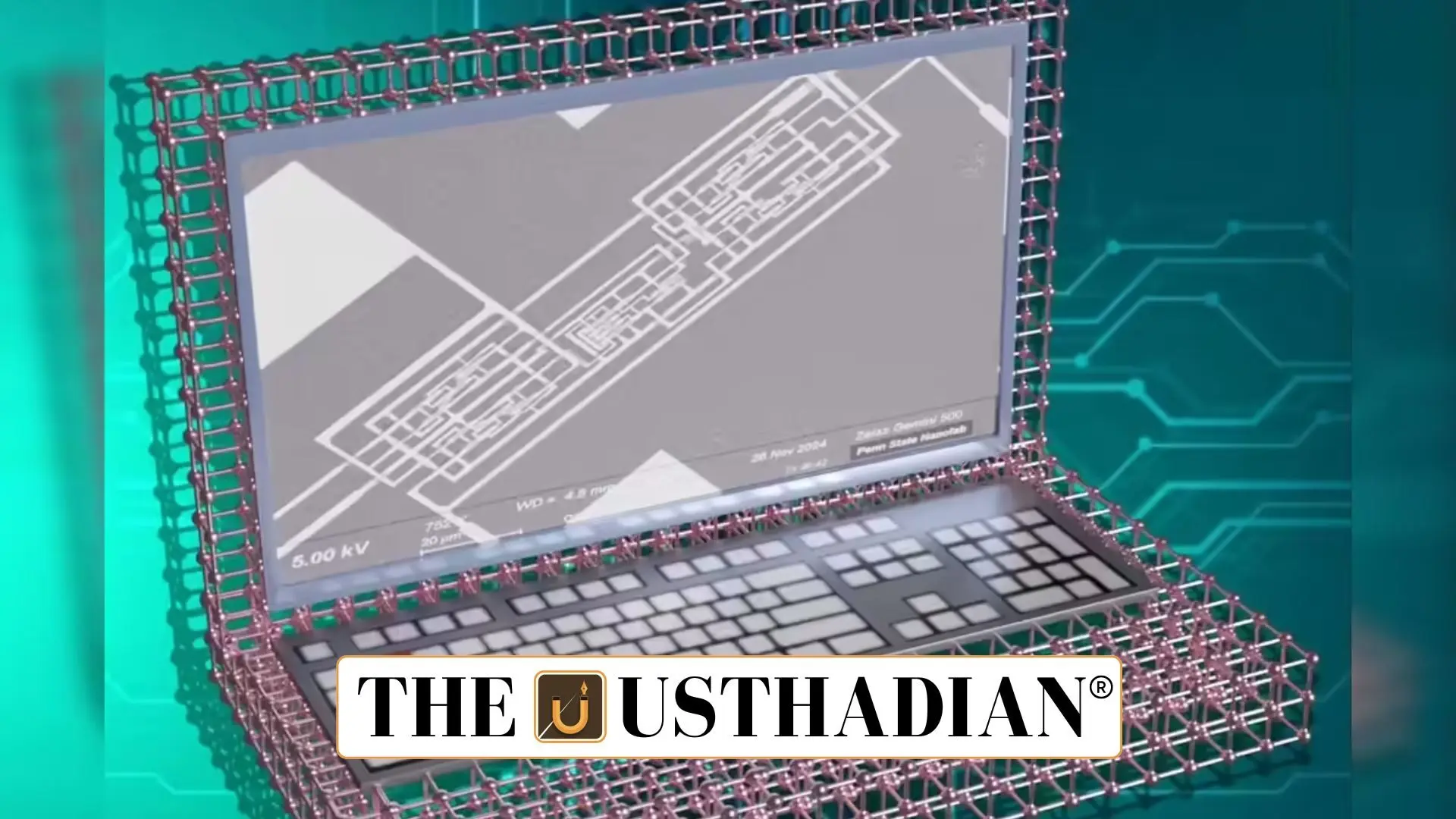2D materials break new ground in computing
Computer Technology with 2D Materials: In a major breakthrough, researchers from The Pennsylvania State University have developed a fully functioning computer using two-dimensional (2D) materials. This marks a shift away from traditional silicon-based architectures and signals a promising future for semiconductor technology.
Why CMOS still matters?
CMOS (Complementary Metal-Oxide-Semiconductor) technology underpins most modern electronic devices. It enables low power consumption and supports high-density integration. However, the use of 2D materials like molybdenum disulphide (MoS2) and tungsten diselenide (WSe2) could dramatically enhance its capabilities, thanks to their extreme thinness and scalability.
Static GK fact: CMOS technology was first introduced in 1963 and became dominant due to its energy efficiency compared to NMOS logic.
Silicon faces performance limits
While silicon has been the backbone of electronics since the 1947 invention of the transistor, it now struggles to meet demands of further miniaturisation. As chips shrink, they suffer from increased leakage currents and heat generation. This has led scientists to explore alternatives that can outperform silicon on the nanoscale.
What makes 2D materials unique?
2D materials consist of single layers of atoms, offering improved electrical characteristics. The Penn State experiment demonstrated that a full computer system—capable of arithmetic functions—can be built using only these materials. This shows their potential to entirely replace silicon in the future.
Static GK tip: The first 2D material discovered was graphene in 2004 by Andre Geim and Konstantin Novoselov, who later won the Nobel Prize in Physics in 2010.
Global research expands
The momentum isn’t limited to the U.S. Fudan University and other international institutions are actively developing 2D-based chips. These projects are often designed to work alongside existing silicon infrastructure, with the long-term goal of creating all-2D systems.
Existing challenges remain
Despite the success, there are hurdles. The prototype 2D computer operates at just 25 kiloHertz, far below today’s gigahertz-range silicon chips. Problems such as low channel mobility, limited durability, and manufacturing scalability need to be overcome. Commercial adoption also requires new infrastructure and supply chain models.
Looking to the future
The implications are vast. Devices built on 2D materials could be thinner, faster, and more energy-efficient. This aligns with the spirit of Moore’s Law, offering continued innovation even as silicon’s limits loom large. As research accelerates, a post-silicon world may soon emerge, reshaping how computers are designed and built.
Static Usthadian Current Affairs Table
Computer Technology with 2D Materials:
| Topic | Detail |
| Developer | Pennsylvania State University |
| Breakthrough | First full computer using only 2D materials |
| Key Materials Used | MoS2 (molybdenum disulphide), WSe2 (tungsten diselenide) |
| Operating Speed | 25 kiloHertz |
| CMOS Significance | Low power, scalable foundation of modern circuits |
| First Use of Silicon | 1947 (invention of the transistor) |
| Global Research | Includes Fudan University, China |
| 2D Material Advantage | Atomic thickness, flexibility, energy efficiency |
| Challenge | Commercial infrastructure and device reliability |
| Related Static GK | Graphene discovered in 2004, Nobel Prize in 2010 |








